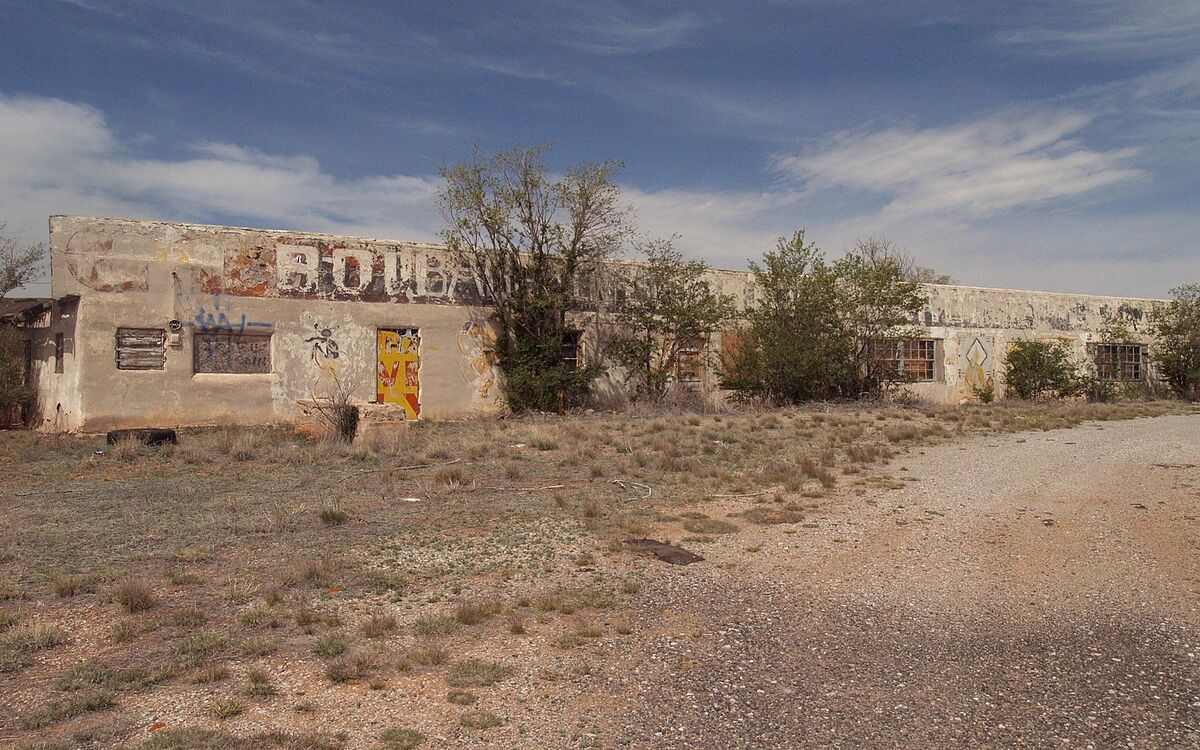Secrets Of New Mexico’s Abandoned Trading Routes

Have you ever wondered about the hidden stories of New Mexico's abandoned trading routes? These paths, once bustling with traders, now lie silent, holding secrets of the past. Imagine walking through rugged landscapes where merchants once exchanged goods, cultures, and tales. These routes are more than just trails; they are windows into history. From ancient Native American paths to Spanish colonial roads, each route has a unique story. Exploring these forgotten trails offers a glimpse into the lives of those who traveled them. Ready to uncover the mysteries of New Mexico's trading routes? Let's take a closer look at these fascinating pathways.
Secrets of New Mexico's Abandoned Trading Routes
New Mexico, with its vast deserts and rugged landscapes, hides many secrets. Among them are the abandoned trading routes that once buzzed with life. These paths tell stories of ancient civilizations, traders, and adventurers. Let's uncover some of these hidden gems.
1. El Camino Real de Tierra Adentro
El Camino Real de Tierra Adentro, or the Royal Road of the Interior Land, is one of the oldest and longest trading routes in North America. Stretching from Mexico City to San Juan Pueblo, this route was vital for trade and cultural exchange.
- Historical Significance: Used for over 300 years, it connected Spanish colonies and facilitated the exchange of goods, ideas, and cultures.
- Modern Remnants: Today, you can find remnants of old missions, settlements, and trading posts along the route.
2. Santa Fe Trail
The Santa Fe Trail was a 19th-century transportation route connecting Missouri with Santa Fe. It played a crucial role in the westward expansion of the United States.
- Trade and Commerce: This trail was a commercial highway for traders, carrying goods like cloth, knives, and spices.
- Historic Sites: Visit places like Fort Union and Pecos National Historical Park to see the remains of this once-bustling trail.
3. Old Spanish Trail
The Old Spanish Trail linked Santa Fe with Los Angeles, traversing some of the most challenging terrains in the American Southwest. It was a major trade route for wool, horses, and mules.
- Difficult Terrain: Traders faced harsh conditions, including deserts and mountains, making this route one of the most arduous.
- Cultural Exchange: This trail facilitated significant cultural exchanges between Spanish, Mexican, and Native American communities.
4. Zuni-Acoma Trail
Connecting the Zuni and Acoma Pueblos, the Zuni-Acoma Trail is an ancient path used by Native Americans for trade and communication.
- Ancient Pathways: This trail has been used for centuries, long before European settlers arrived.
- Cultural Significance: The trail is still revered by the Zuni and Acoma people, reflecting their rich history and traditions.
5. Butterfield Overland Mail Route
The Butterfield Overland Mail Route was a stagecoach service that provided mail and passenger service from St. Louis to San Francisco. It was the first transcontinental mail service in the United States.
- Mail Service: This route was crucial for communication across the country before the advent of the telegraph.
- Historic Landmarks: Many old stagecoach stations and markers can still be found along the route.
6. Jornada del Muerto
Jornada del Muerto, or "Journey of the Dead Man," is a desolate stretch of desert that was part of El Camino Real. It was notorious for its harsh conditions and lack of water.
- Challenging Conditions: Travelers faced extreme heat, scarce water, and treacherous terrain.
- Historical Echoes: Despite its dangers, this route was essential for connecting northern and southern New Mexico.
7. Comanche Trail
The Comanche Trail was used by the Comanche people for trade, hunting, and raiding. It stretched from the Great Plains into New Mexico.
- Native American Heritage: This trail highlights the mobility and trade networks of the Comanche people.
- Natural Beauty: The trail passes through stunning landscapes, including canyons and grasslands.
8. Chaco Canyon Roads
Chaco Canyon, a major center of Ancestral Puebloan culture, had an extensive network of roads connecting it to other communities.
- Architectural Marvels: The roads are a testament to the engineering skills of the Ancestral Puebloans.
- Cultural Hub: Chaco Canyon was a significant cultural and economic hub, with roads facilitating trade and communication.
9. Old Fort Wingate Road
Old Fort Wingate Road connected Fort Wingate with other military outposts and settlements. It played a role in the military campaigns against Native American tribes.
- Military History: This road was crucial for the movement of troops and supplies.
- Historic Forts: Visit Fort Wingate and other nearby forts to learn about the military history of the region.
10. Taos Mountain Trail
The Taos Mountain Trail connected Taos Pueblo with other communities in the region. It was used for trade, hunting, and communication.
- Scenic Route: This trail offers breathtaking views of the Sangre de Cristo Mountains.
- Cultural Importance: The trail is still used by the Taos Pueblo people for traditional purposes.
Hidden Gems Await
New Mexico's abandoned trading routes offer a unique glimpse into the past. Exploring these paths, you’ll find hidden gems like ancient ruins, forgotten towns, and breathtaking landscapes. Each route tells a story of the people who once traveled them, making your journey both educational and exciting. Whether you’re a history buff, an adventure seeker, or someone who loves the outdoors, these trails have something special to offer. Pack your bags, grab a map, and set out to uncover the secrets of New Mexico’s trading routes. You’ll come back with memories, stories, and maybe even a few treasures of your own. So, what are you waiting for? Hidden gems are out there, just waiting to be discovered.

